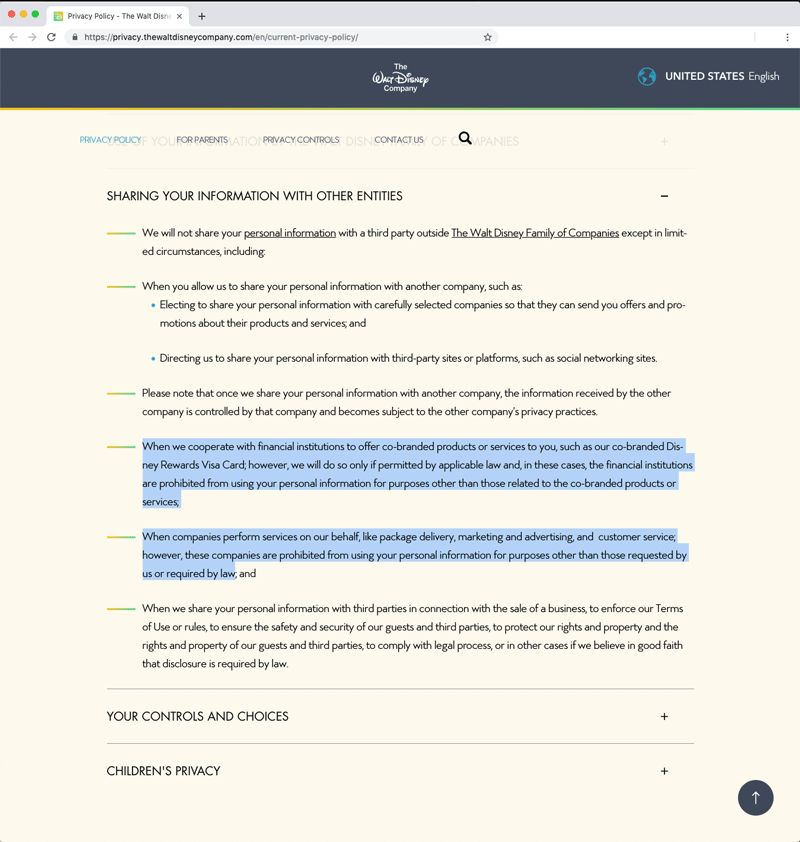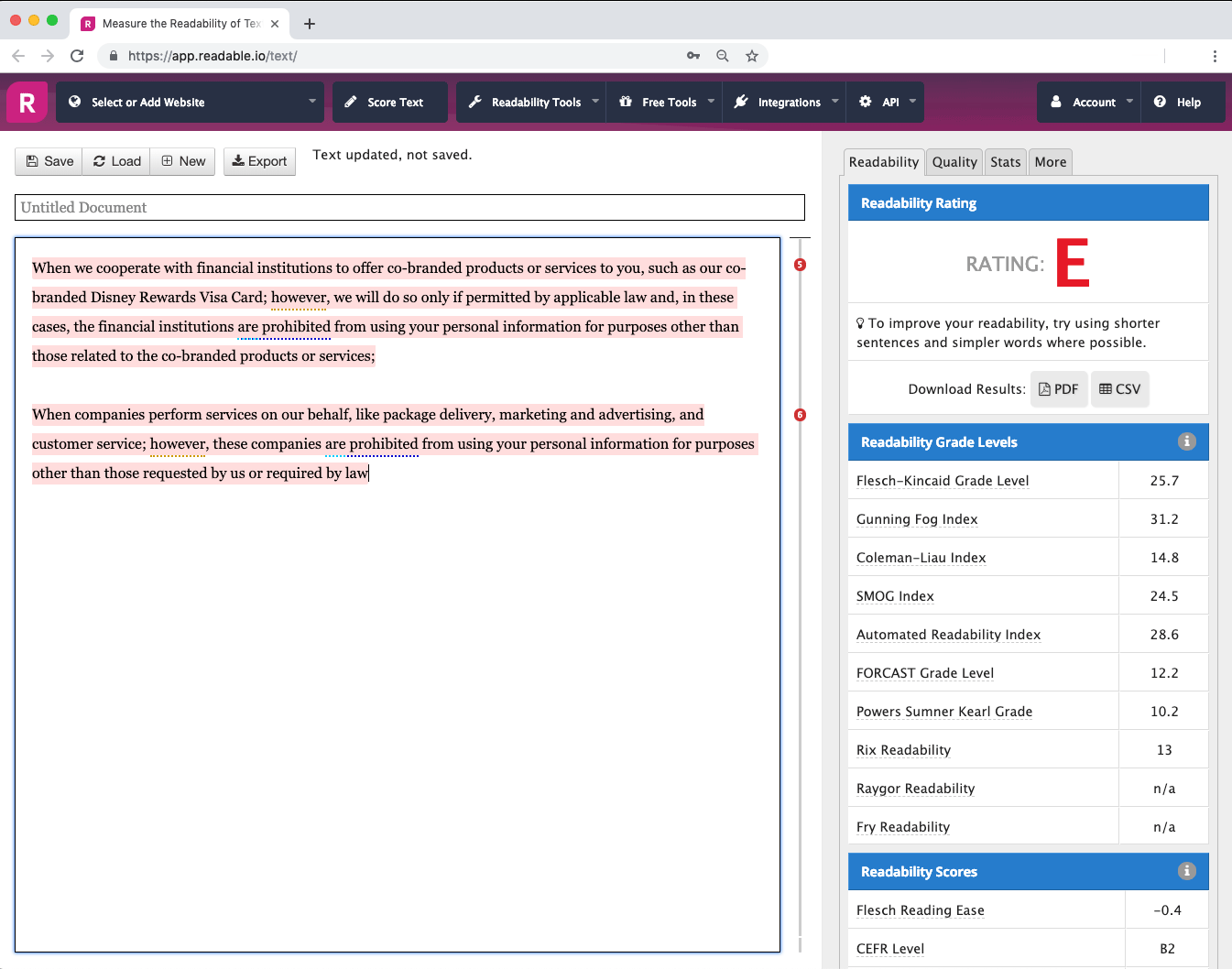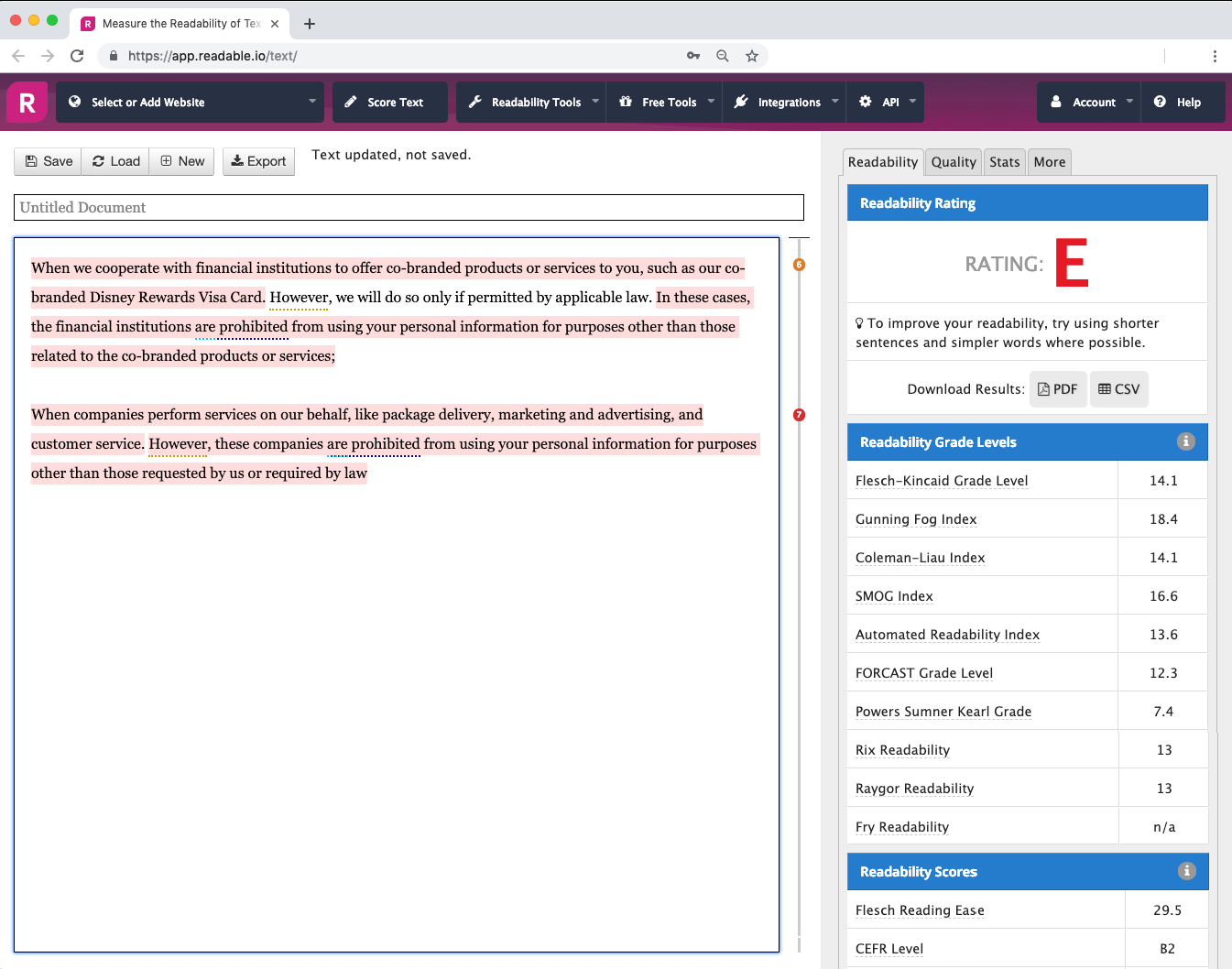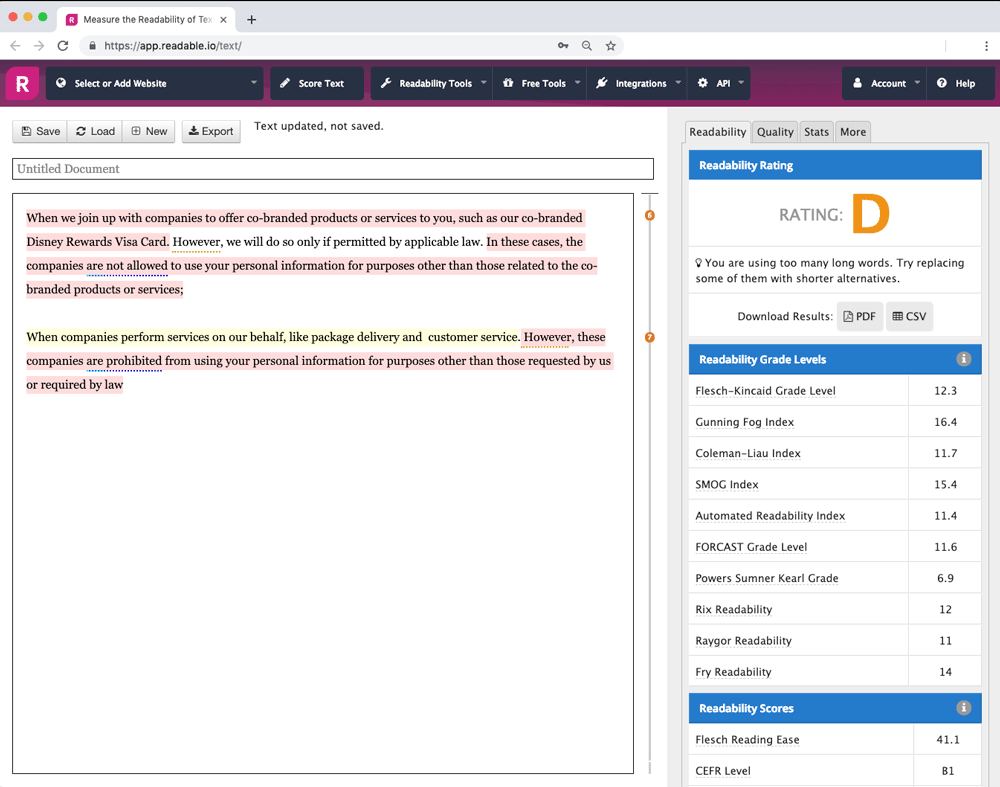Readability is the key to engaging content that boosts your SEO rankings, increases engagement and improves conversion rate. What’s not to love about that? However, it’s not always easy to write readable content. Here are five top tips to get you going.
A readability score can tell you roughly what level of education someone will need to be able to read a piece of text easily.
The value of readability has been recognized across a whole range of sectors from digital marketers to medical writers.
By ensuring the readability of a piece of text – a patient care guide, a promotional piece for a particular brand, a policy – you increase the chances of your message being understood by your reader.
If you are writing text for the general public you should aim for a grade level score of around 8. But, what if your score is much higher than this? What steps can you take to improve readability and bring that score down?
Here we will work through 5 steps which should help you make your text more easily understood.
Readability in action
To keep things interesting, let's take a look at a real-life example. Below is a segment from the Walt Disney Privacy Policy under the heading “sharing personal information with other companies”.

The section of the policy begins by stating that “We will not share your personal information outside The Walt Disney Family of Companies except in limited circumstances, including:”. Following this is a list of bullet points including the segment below.
With increasing limelight on privacy policies, some corporations have tried to make sure their policies are reader-friendly.
For example, Pinterest’s privacy policy comes out with an FK Grade level of 12.9 with Reddit’s coming in at 13.9.
Although these scores are higher than the recommended 8, given the legal terminology and necessary clauses that privacy policies need to include these scores are still pretty impressive.
Sadly, this isn’t always the case.
A recent analysis of mobile health app privacy policies reported an average reading grade level of 16. Perhaps more alarming is that only 30.5% actually had privacy policies! So, while some companies may have got it right, the transparency and readability of privacy policies still leaves room for improvement.
Readability scores for the original text
Before making any improvements, here are the readability scores for the original segment of text from Disney.

As you can see, ReadablePro generates scores from a range of different readability formula. For this exercise, we’ll focus on the first two grade level scores - the Flesch-Kincaid, currently at 24.9, and the Gunning-Fog at 30.1.
Putting these scores in context, 12th grade marks the end of schooling. So, these scores are ridiculously high.
Now let’s try and bring these scores down a bit.
Step 1 – Shorten your sentences
While formulas differ, one common component of all readability formulas is sentence length.
For most texts, simply shortening the length of your sentences will lead to the most impressive effect on the readability score.
As well as generating readability scores for eight readability measures, Readable also provides a range of other useful metrics. These include:
- Text statistics
- Longest sentence
- Longest word(s) by syllable and by length
All of the help you work out where to focus your attention when it comes to shortening content.

In the section taken from Disney, there are only two sentences, giving a Flesch-Kincaid Grade Level of 25.7.
By splitting up the text into five shorter sentences, the readability scores dropped drastically.
Now, the Flesch-Kincaid Grade Level is dropped by 14.3 points to a much more reasonable 14.1.
Similarly, the Gunning-Fog score dropped by 12.8 points to a new score of 18.4.
So, shortening your sentences really can have a huge effect on the readability of your text.
Step 2 – Reduce the number of long words
Along with sentence length, the other key component of readability formula is word length. For some tests such as Flesch- Kincaid, calculate word length on the number of syllables.
For others such as Coleman-Liau, word length is calculated on letter count. ReadablePro identifies both of these for you.
For our example, institutions, applicable, prohibited, information, and delivery were identified as the longest words by syllable count with institutions as the longest word by letter count.
I used this list of words to lead my choices in replacing or omitting some of the longer words. Here is the effect these edits had on the readability scores.
 As you can see, by replacing or omitting some of the longer words, the readability grade level scores dropped again.
As you can see, by replacing or omitting some of the longer words, the readability grade level scores dropped again.
The Flesch-Kincaid score dropped by a further 1.8 points to 12.3 and the Gunning-Fog score dropped 2.0 points to 16.4.
The changes I made were: to remove applicable (x2), to replace cooperate with join up, replace prohibited from using with not allowed to use, and to replace institutions with bodies (x2).
For this example, the drop in readability scores is a lot more modest than the drop created by shortening sentences. This is in part due to the nature of the text.
As a legal document, there is particular terminology that makes the text more difficult to read. But, to replace these terms would actually change the meaning of the text.
Even changing financial institutions to financial bodies and deleting applicable is probably enough to have a legal writer turning in their grave.
While the changes here are for illustration purposes, in real life the conventions and requirements of your field and the nature of the document you are writing will always influence the extent to which you can change and simplify the terminology that you use.
With long words producing a cost to readability scores when you do use them, and evidence that the unnecessary use of long words can lead to lower estimations of intelligence of the writer, the message is simple.
Only use longer words only when they are actually necessary.
Step 3 – Write for your audience
Keep your audience in mind at all times.
If you spend your day chatting with other people in your sector it can be easy to forget that the way you talk with each other might not translate so well to people outside of that bubble.
If your audience is very broad then avoid including any specialist jargon or acronyms. If you do need to include specialist terms then make sure you define them. Otherwise, you risk ostracising your reader.
We talk about writing for your audience in another blog, What is readable content marketing and why do you need it? Have a read through to find out what more you can do.
When you have finished writing, ask someone outside your sector to read it. This will help you gauge whether you are being as transparent and inclusive as you want to be.
 Source: toichitoria.tumblr.com
Source: toichitoria.tumblr.com
Step 4 – Make punctuation your friend
Punctuation failures are funny. Indeed, laughing at other people’s grammar fails can be a very enjoyable way of distracting yourself from doing any real work.
However, this kind of fail is best left to other writers.
The aim of punctuation is to help your reader understand what is being said. All punctuation should help meet that aim. If it doesn’t, don’t include it.
Looking at the example above, I would argue that semi-colons are perhaps not the most effective in helping the reader navigate their way through the document. Also, when used it bulk they really don’t make pretty reading which, depending on what you are writing, may well be important to you.
There is an art to using the semi-colon. I’m not sure I have it. Microsoft Word grammar checker certainly doesn’t have it. If you aren’t 100% sure that you have it then maybe avoid them.
Step 5 – Structure is important
You may have some brilliant things to say but unless you structure your piece of writing in a way that is helpful to the reader, the chances are that your message won’t translate.
Think about the story that you want to tell. What are the key messages? What does the reader need to know before they can engage with your messages?
This aids structuring by helping you think about what the reader needs to know first, and what the focus of the article should be.
Don’t be tempted to cram too much information into a single paragraph.
This will make it harder for the reader to follow, especially if they are going to be reading on a smaller device such as a phone or tablet.
Instead, break your text up into meaningful chunks.
Thinking about the key messages and required contextual information should also help with the editing of your writing. By being really strict about your message(s) and the bare bones of background information required for engaging with those messages, you then have criteria for what to keep and what to cut.
All in all, keep it simple.
Sources: theguardian.com, oxfordjournals.org, wsj.com, princeton.edu, theoatmeal.com


